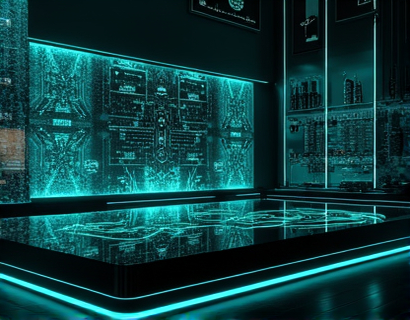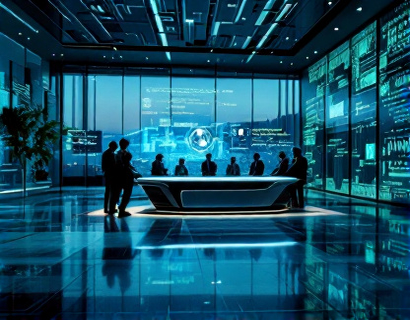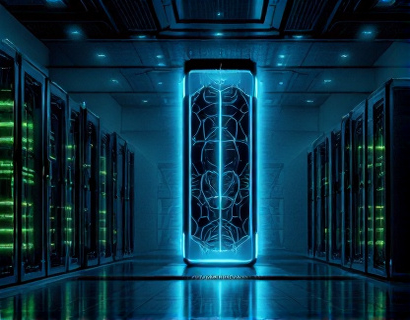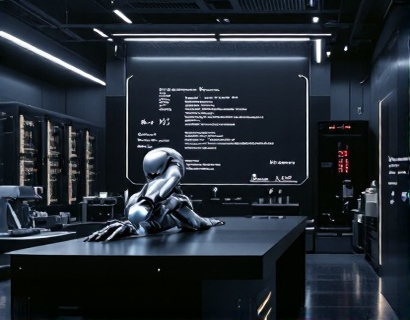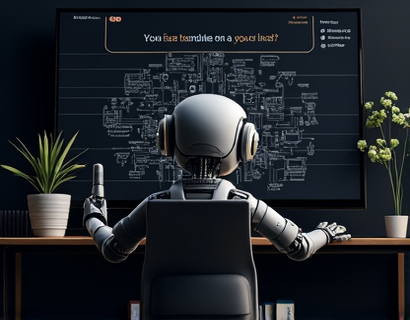Optimizing Event Audio-Visual Performance with Advanced Hardware Solutions
In the realm of event planning and production, the audio-visual (AV) experience is paramount. It sets the tone, engages the audience, and leaves a lasting impression. To achieve this, event planners and production managers must leverage advanced lighting and sound hardware solutions, complemented by sophisticated management software. This article delves into the critical role of these technologies and how they can be optimized to deliver exceptional AV performance.
The foundation of any successful event is a seamless and high-quality audio-visual experience. This involves not only the selection of top-tier hardware but also the efficient management and integration of these systems. Traditional methods of controlling lighting and sound can be cumbersome, prone to errors, and challenging to manage, especially for large-scale events. The introduction of advanced hardware management software has revolutionized this process, offering a robust solution that streamlines control and enhances operation.
Understanding the Importance of Advanced Hardware Management Software
Advanced hardware management software is designed to simplify the complex task of managing AV equipment. These tools provide a centralized interface for controlling and monitoring lighting and sound systems, ensuring that every element works in harmony. The software allows for precise adjustments, automated sequences, and real-time monitoring, which are essential for maintaining the highest level of performance.
The benefits of using such software are manifold. Firstly, it significantly reduces the learning curve for operators, as a user-friendly interface makes it easier to navigate and control multiple systems simultaneously. Secondly, it enhances reliability by providing robust error-checking and fault-detection mechanisms. This means fewer downtimes and smoother transitions, which are crucial for maintaining audience engagement.
Key Features of Advanced AV Management Software
One of the most significant advantages of advanced AV management software is its ability to integrate various hardware components from different manufacturers. This interoperability is vital in today's diverse AV landscape, where equipment from multiple brands is often used together. The software acts as a bridge, ensuring that all devices communicate effectively and operate in sync.
Another key feature is the automation capability. Users can create and schedule complex lighting and sound sequences with ease. This not only saves time but also ensures consistency across multiple events. For instance, a pre-set scene for a keynote speech can be activated with a single command, eliminating the need for manual adjustments.
Real-time monitoring and control are also critical. The software provides detailed insights into the performance of each device, allowing for immediate adjustments if necessary. This is particularly useful during live events where conditions can change rapidly. Operators can monitor audio levels, light intensities, and other parameters from a central dashboard, ensuring everything remains within optimal ranges.
Enhancing Reliability and Ease of Use
Reliability is a top priority in event production. Advanced AV management software enhances this by incorporating redundancy and fail-safe mechanisms. For example, if a primary lighting channel fails, the software can automatically switch to a backup channel without interrupting the show. This level of redundancy ensures that the event continues smoothly, even in the face of technical issues.
Ease of use is another significant factor. The software should be intuitive, with a well-designed interface that minimizes the need for extensive training. This is particularly important for smaller events or those with limited technical staff. A user-friendly system empowers operators to focus on the creative aspects of the event rather than getting bogged down by complex controls.
Case Studies and Real-World Applications
To illustrate the practical benefits of advanced AV management software, consider a large-scale music festival. The event features multiple stages, each with its own lighting and sound system. Using a centralized management platform, the production team can control all stages from a single location. This not only streamlines operations but also allows for coordinated transitions between stages, enhancing the overall festival experience.
Another example is a corporate conference with a mix of presentations, videos, and live Q&A sessions. The AV system must adapt quickly to different content types and speaker requirements. Advanced software enables seamless switching between modes, ensuring that each segment runs smoothly and professionally. The ability to pre-set custom scenes for different types of content saves valuable time and reduces the risk of errors.
Future Trends in AV Hardware and Software
The AV industry is rapidly evolving, with new technologies continually emerging. One such trend is the integration of artificial intelligence (AI) into AV management systems. AI can predict and optimize performance based on historical data and real-time conditions. For instance, AI algorithms can adjust lighting and sound levels automatically to maintain optimal audience comfort and visibility.
Another trend is the increasing use of wireless and battery-powered devices. This flexibility allows for more creative set designs and reduces the logistical challenges associated with cabling. Advanced software can manage these wireless devices just as effectively as wired ones, ensuring consistent performance regardless of the setup.
Furthermore, the rise of smart venues and IoT (Internet of Things) devices is transforming how AV systems are managed. These devices can be integrated into the AV management software, providing a holistic approach to venue management. For example, sensors can detect the number of attendees and adjust lighting and sound levels accordingly, creating a more personalized experience.
Conclusion
Optimizing event audio-visual performance with advanced lighting and sound hardware solutions, supported by sophisticated management software, is essential for delivering exceptional experiences. These tools not only enhance reliability and ease of use but also open up new possibilities for creativity and innovation. As the industry continues to evolve, embracing these technologies will be key to staying ahead and ensuring that every event is a success.






